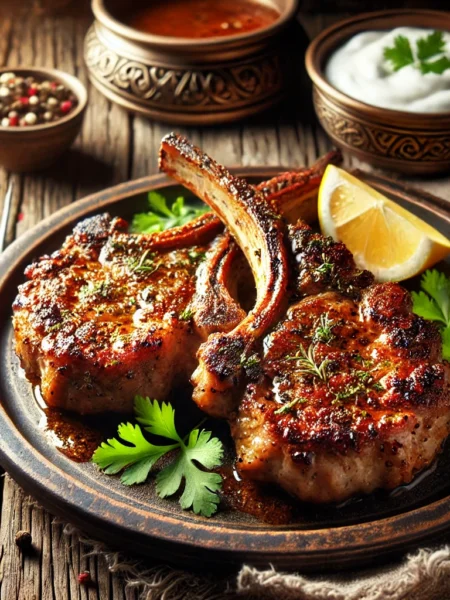
What Exactly Is Chorizo?
Description
Understanding Chorizo
Chori-zo, a flavorful sausage, extends far beyond its Mexican roots and is featured in a wide range of delicious dishes—think sandwiches, tapas, soups, and even burgers. Widely embraced across Hispanic cuisines and regions influenced by Spain, like the Philippines, chori-zo takes on various forms and flavors. Though many Americans associate it with Mexican cuisine, chori-zo exists in many styles. Spanish chorizo is often smoky and cured, while the crumbly Mexican version bursts with spices. Let’s dive into the types of chori-zo and the distinctive ways they’re prepared and enjoyed.
What Exactly Is Chorizo?

Chori-zo is a type of sausage that originated in Spain, and there are countless variations. Its name likely derives from the Latin word for salted, evolving through Portuguese. While Spain mainly uses "chori-zo" to describe a specific pork sausage, other Spanish-speaking regions have adapted it in various ways.
- Spanish Chori-zo: Fermented and cured, Spanish chori-zo has a dry texture similar to salami or pepperoni. You can enjoy it without cooking, making it perfect for tapas or charcuterie boards.
- Global Influence: Spanish colonies carried chori-zo across the globe, from Latin America to the Philippines. While some regions have preserved the traditional style, others have developed unique versions with local ingredients.
What’s in Chori-zo?
Chori-zo’s ingredients differ depending on the region, but some elements remain consistent.
- Spanish Chori-zo: Traditionally made from pork, smoked paprika, and garlic, these sausages vary in spice levels. Thin, long sausages are typically spicier, while short, thick ones tend to be milder.
- Mexican Chori-zo: This variety stands out for its spiciness, thanks to local chilies. Vinegar is also a key ingredient, offering a tangy flavor. Unlike Spanish chori-zo, Mexican versions are fresh and require cooking.
- South American Chori-zo: In this region, the term "chorizo" applies to a broad range of sausages, typically made with pork and flavored with garlic, herbs, and spices. South American chorizos can differ dramatically from the Spanish version, sometimes even omitting paprika.
Varieties of Chorizo You Might Encounter
There are numerous chori-zo types worldwide, but here are a few you’ll likely find at grocery stores:
- Chori-zo Cantimpalo: Originating in Spain, this cured chori-zo is commonly served with bread and cheese or used in Cuban recipes. Its smoky, garlicky flavor makes it a popular choice.
- Mexican Chori-zo: A fresh, spicy sausage that must be cooked. It’s typically crumbled and added to various dishes like tacos and eggs.
- Mexican Green Chori-zo: This vibrant sausage contains green chilies, tomatillos, and fresh herbs, giving it a unique flavor and color.
- Colombian Chori-zo: A fresh, grilled sausage that is often enjoyed with arepas. It's less spicy than Mexican chori-zo but still packs a flavorful punch.
- Argentine Chori-zo: Influenced by Italian cuisine, Argentine chorizos are grilled and commonly served in sandwiches called choripán. They often feature herbs like oregano and thyme.
Mexican vs. Spanish Chorizo

The two most well-known types of chori-zo in the U.S. are Mexican and Spanish, and they are not interchangeable in recipes.
- Spanish Chorizo: Coarsely chopped, cured, and dried, this chori-zo can be eaten without cooking, much like salami.
- Mexican Chorizo: Fresh and finely ground, it must be cooked before consumption and is typically spicier than its Spanish counterpart.
Cooking Chorizo: Tips and Tricks
Cooking chori-zo is simple, but methods vary based on the type.
- Spanish Chorizo: Cured varieties can be eaten as is, while fresh types should be grilled or pan-fried. For soups and stews, simply slice and add them to your dish.
- Mexican Chorizo: Remove the casing and cook the filling in a pan, breaking it up into crumbles, similar to ground beef.
- South American Chorizo: Grilling is the most traditional method. Poke holes in the sausage to let juices escape, and cook on a hot grill until the sausages develop a crispy, golden-brown crust.
Final Thoughts on Chorizo
From smoky Spanish versions to tangy, spicy Mexican varieties, chori-zo is a versatile and beloved ingredient worldwide. Each style offers its unique flavor and preparation method, making it worth exploring in a variety of dishes.





